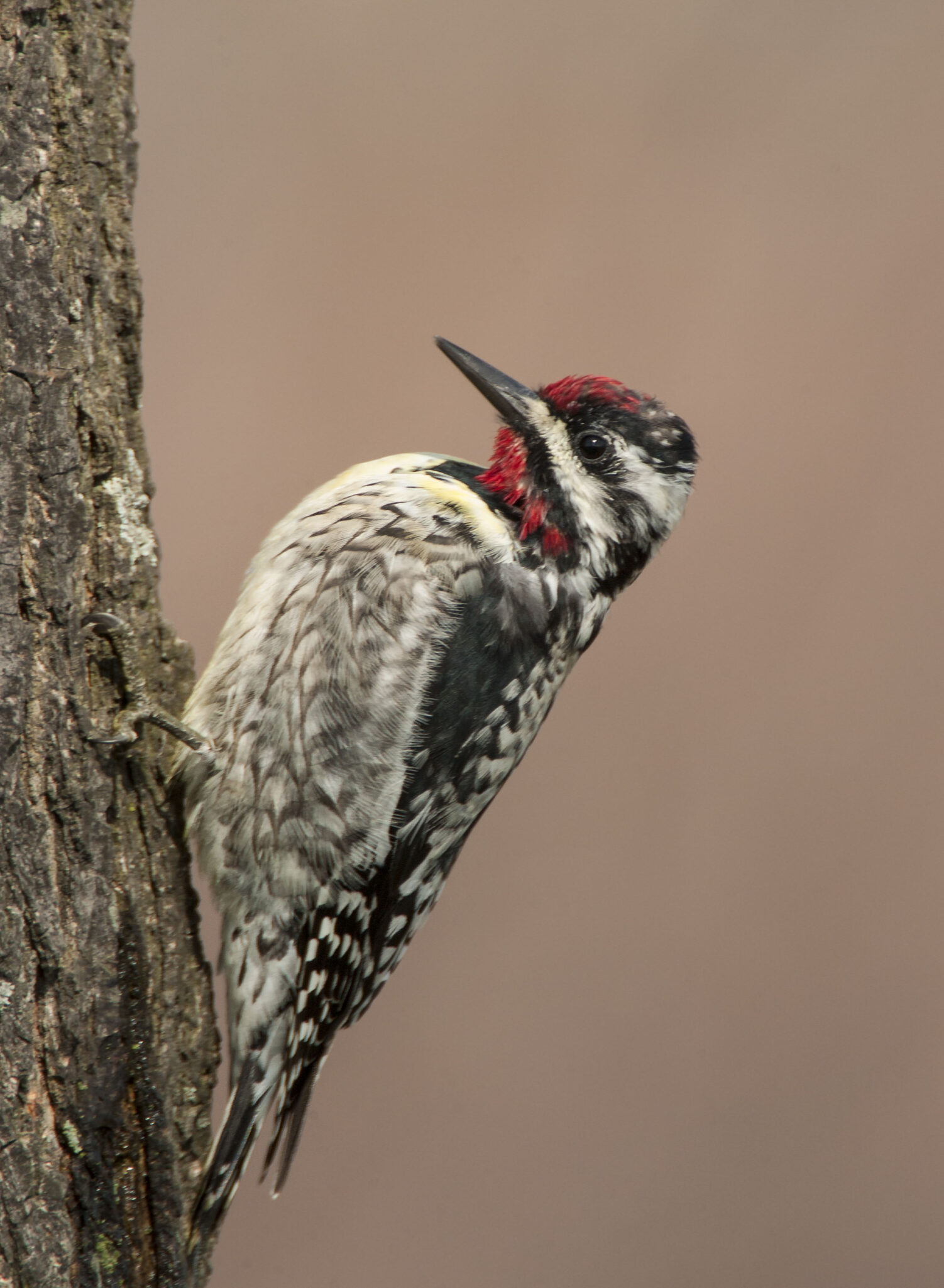
Owen’s photography has taken him across continents all over the world, and into some beautiful and remote places. But the best thing about birds is that they are everywhere, including your own backyard. This year, why not take part in the Great Backyard Bird Count and help scientists understand how our beloved birds are doing.
As February approaches, bird enthusiasts and nature lovers around the world are gearing up for the annual Great Backyard Bird Count (GBBC). This year, the citizen science initiative takes place on February 17–20th, and people of all ages and backgrounds are invited to contribute valuable data about their local bird populations. This fun and free activity plays a crucial role in not only understanding avian biodiversity but also conserving it – a core passion.
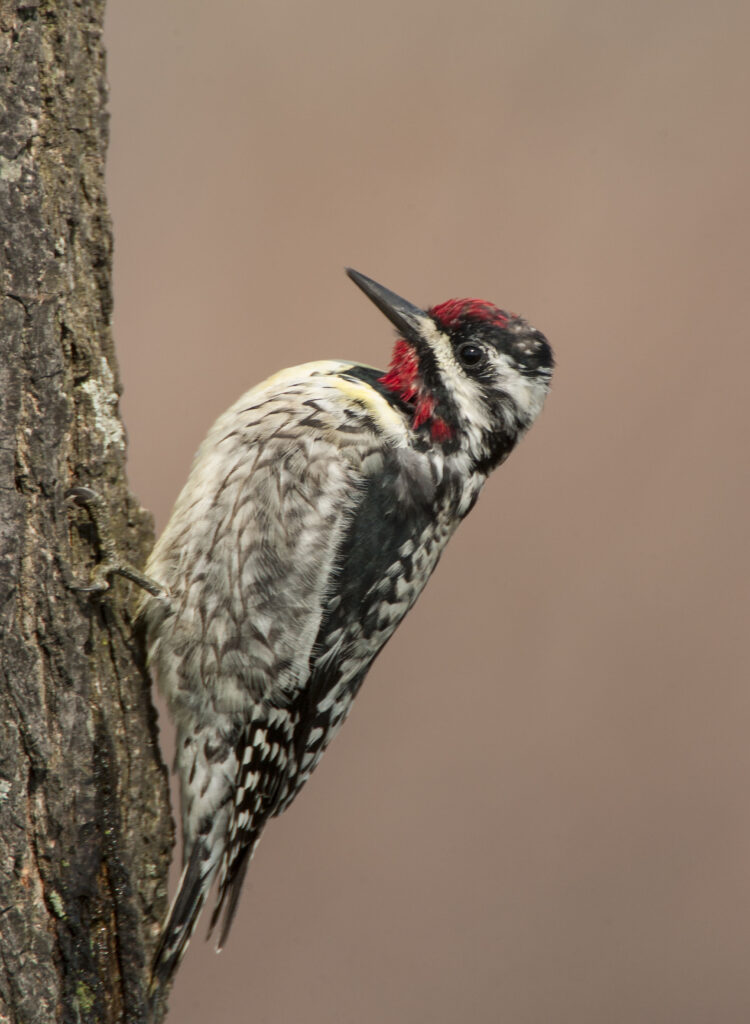
The GBBC was first launched in 1998 as a joint project between the Cornell Lab of Ornithology and the National Audubon Society. Since its inception, the event has become globally popular, involving birdwatchers from over 100 countries. The primary objective of creating a snapshot of bird populations worldwide not only provides scientists with crucially valuable data, helping them track changes in bird distribution and abundance, it also brings us together in our love and respect for these fantastic creatures.
The information collected is a goldmine for ornithologists, ecologists, and conservationists, and helps us all to understand bird migration patterns, the impact of climate change on bird behavior, and the health of various bird species. The analysis of the data does take time, of course, but once those numbers you submit are crunched, conservation efforts can be correctly focussed. What that all means is that, by harnessing the collective power of you, the birdwatchers, the GBBC becomes a formidable force for the betterment of avian welfare.
Taking part is easy and accessible to everyone; whether you’re an experienced birdwatcher or a novice enthusiast, we can all contribute meaningful data. To get started, visit the official GBBC website where you can create a free account and submit your observations. You just need to spend at least 15 minutes counting and recording the different bird species you observe in your backyard or local park. The website provides user-friendly tools to help identify and log your sightings. This is not only an opportunity to discover different species right in your own locale, but also to cherish and celebrate those species we know only too well, like the Northern Cardinal and Dark-eyed Junco, two species that regularly hit the top three observed across the US.
Dark-Eyed Junco (always in the top 3 in US)
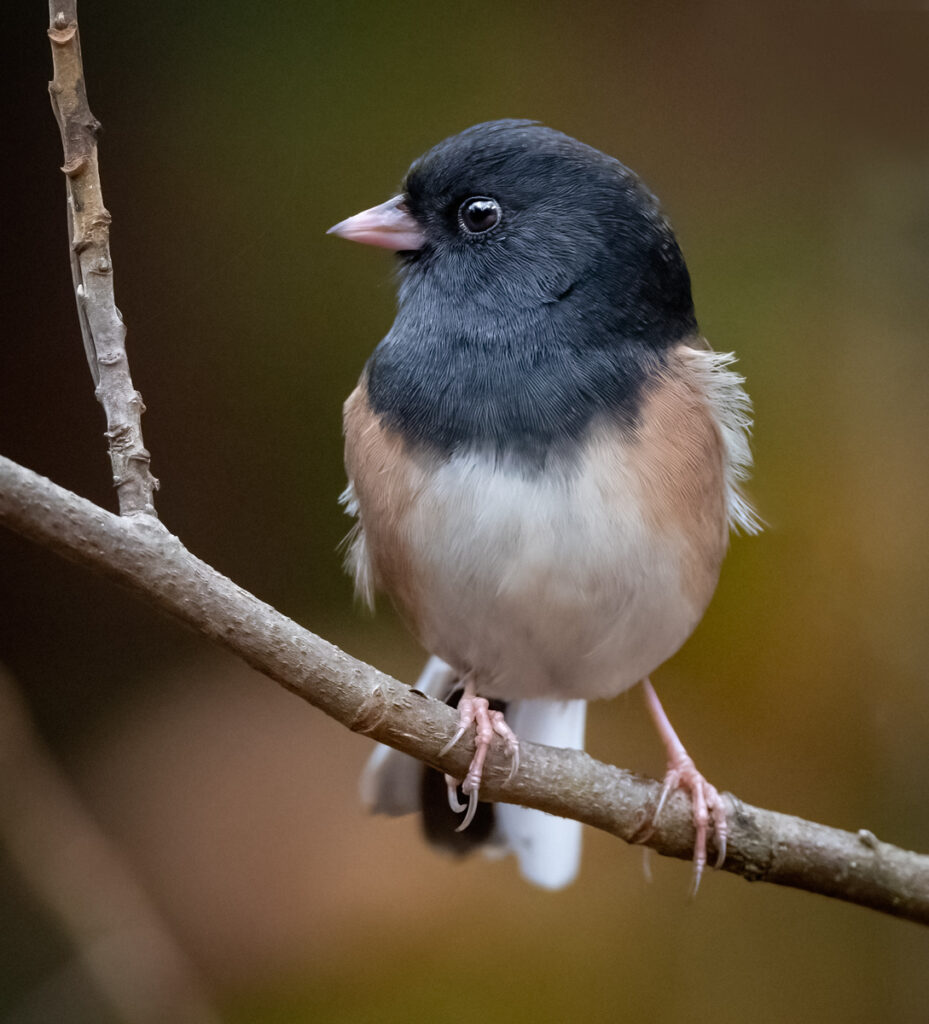
Last year’s GBBC witnessed record-breaking participation, with birdwatchers from 120 countries contributing their observations, providing a vital overview of bird populations on an international scale. The count routinely reveals interesting discoveries, and last year was no exception with the sighting of a couple of beautiful rarities for North America at this time of year: an Indigo Bunting and a Lewis’ woodpecker in Canada. Findings like these give us further insight into how climate change is affecting both migrants and resident birds.
Lewis’s Woodpecker (2023 rarity)
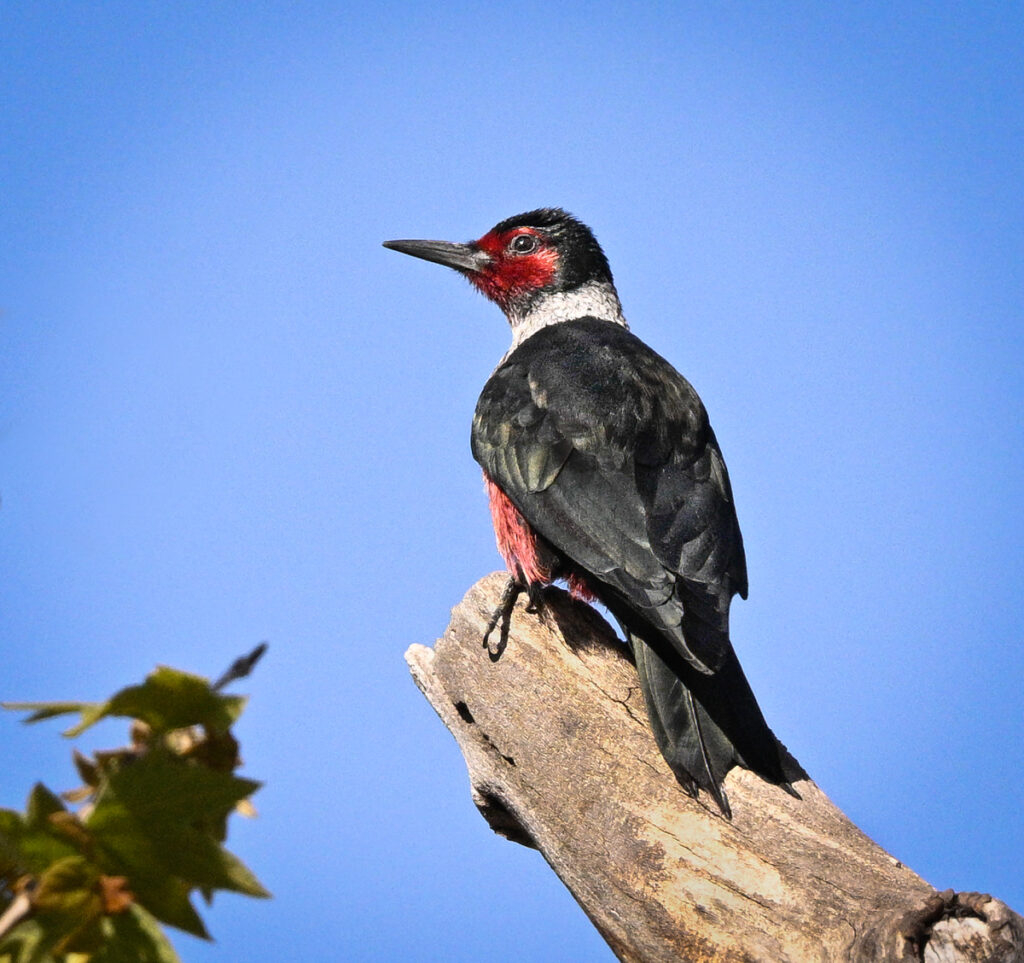
Indigo Bunting (2023 rarity)
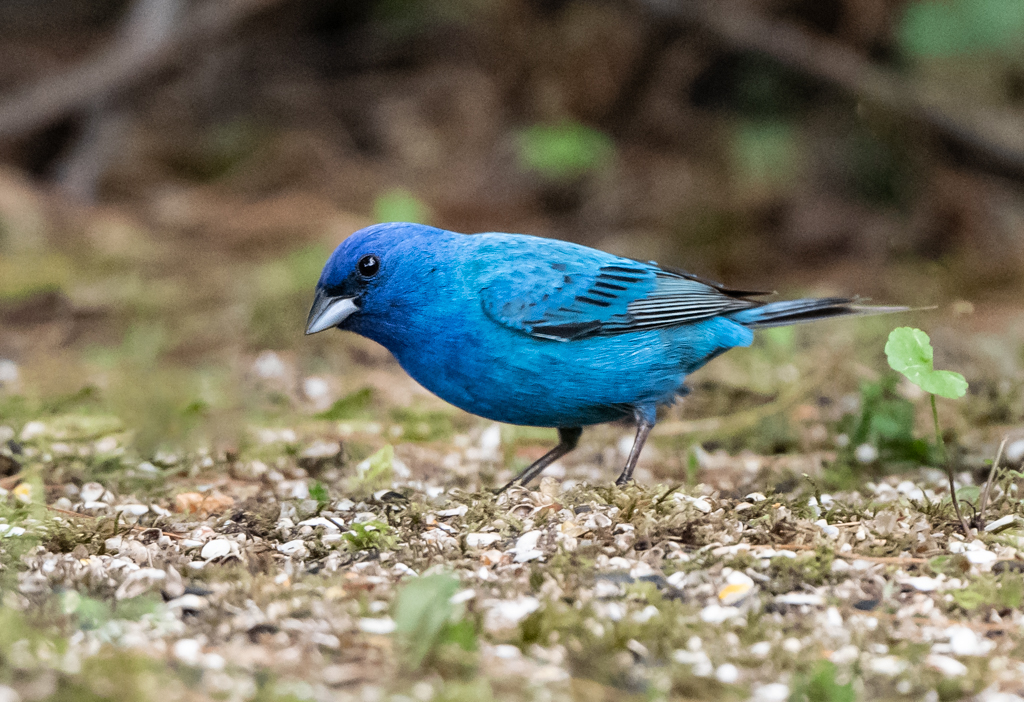
The Great Backyard Bird Count is a fun, free, and fulfilling activity that we can all do, which has the amazing bonus of significantly aiding major global studies. Whether you’re a seasoned birder or just starting, let’s come together and contribute to the ongoing effort to protect and preserve the diverse world of birds.


